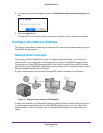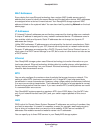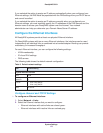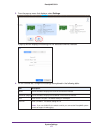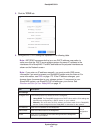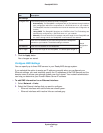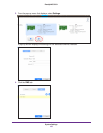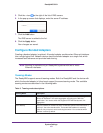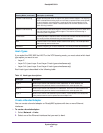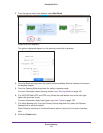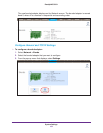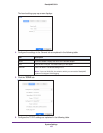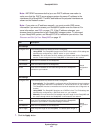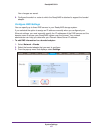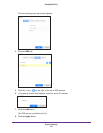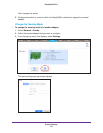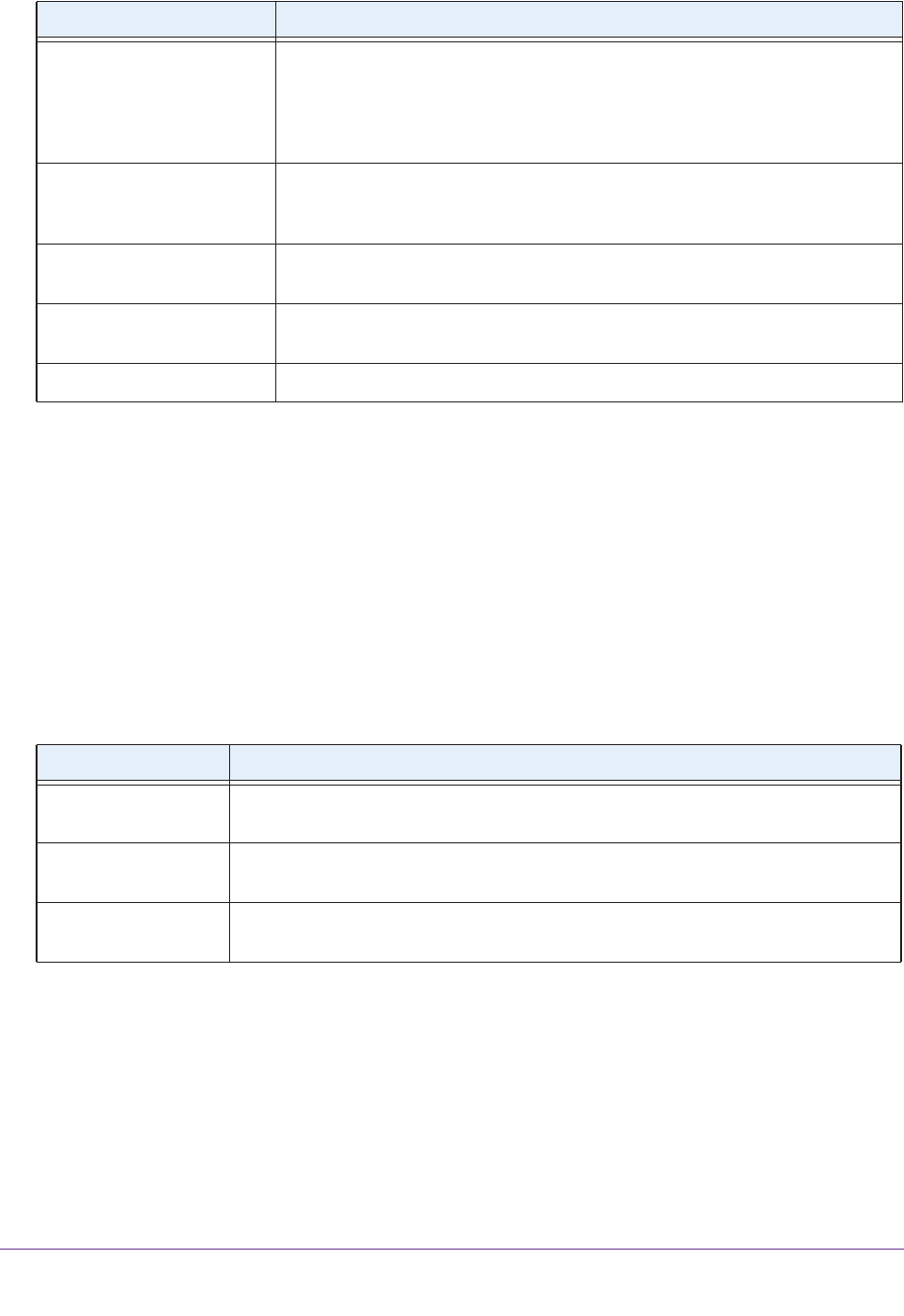
System Settings
182
ReadyNAS OS 6.1
Hash Types
If you select the IEEE 802.3ad LACP or the XOR teaming mode, you must select which hash
type option you want to use:
• Layer 2
• Layer 2+3 (uses Layer 2 and Layer 3 hash types simultaneously)
• Layer 3+4 (uses Layer 3 and Layer 4 hash types simultaneously)
Each hash type is described in the following table.
Table 10.
Hash type Description
Layer 2 Based on the source and destination MAC addresses. All traffic between the
ReadyNAS and a particular device is transmitted on the same physical link.
Layer 3 Based on the source and destination IP addresses. Here too, all traffic between the
ReadyNAS and a particular device is transmitted on the same physical link.
Layer 4 Based on the source and destination port numbers. Traffic between the ReadyNAS
and a particular device can be spread across multiple links.
Hash type descriptions
Create a Bonded Adapter
You can create a bonded adapter on ReadyNAS systems with two or more Ethernet
interfaces.
To create a bonded adapter:
1. Select Network > Links.
2. Select one of the Ethernet interfaces that you want to bond.
Transmit Load Balancing Adapter bonding that does not require any special switch support. The outgoing
traffic is distributed according to the current load (computed relative to the speed)
on each interface. Incoming traffic is received by the current interface. If the
receiving interface fails, another interface takes over the MAC address of the
failed receiving interface.
Adaptive Load Balancing Includes transmit load balancing plus receive load balancing for IPV4 traffic and
does not require any special switch support.
The receive load balancing is
achieved by ARP negotiation.
Round-Robin Transmit packets in sequential order from the first available interface to the next.
This mode provides load balancing and fault tolerance.
XOR Transmit based on the default simple transmit hash policy. This mode provides
load balancing and fault tolerance.
Broadcast Transmit everything on all slave interfaces. This mode provides fault tolerance.
Teaming Mode (continued) Description (continued)



